Looking for the Best Time to Travel to New Orleans? Whether you crave lively festivals, perfect weather, or peaceful streets, this guide is for you.
Planning a trip can feel overwhelming, but you’re not alone. With the right tips, your visit can be smooth, fun, and unforgettable.
Here’s what you’ll discover:
- A breakdown of seasonal highlights
- Tips for different activities
- Smart advice to avoid crowds and high prices
Keep reading — and plan your perfect New Orleans adventure with confidence.

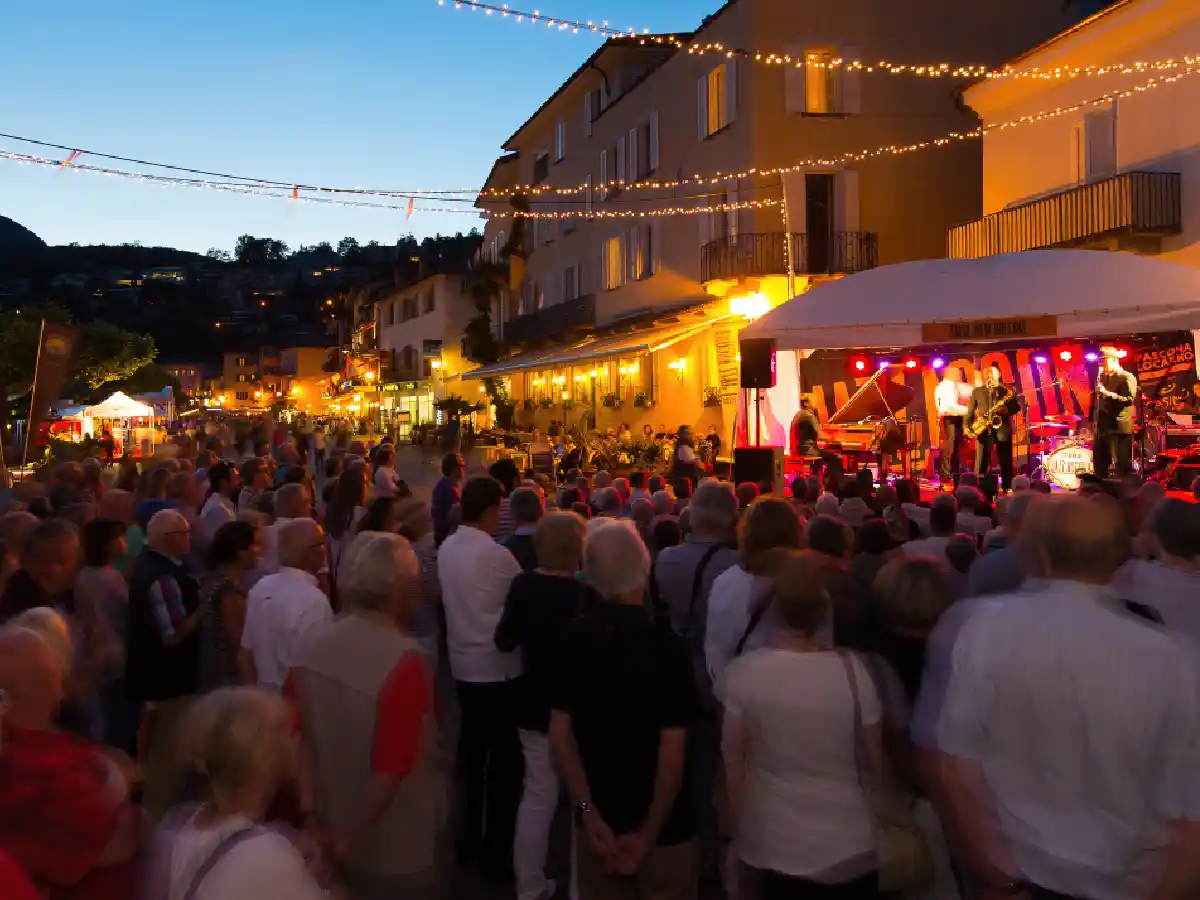

1. New Orleans Climate Overview
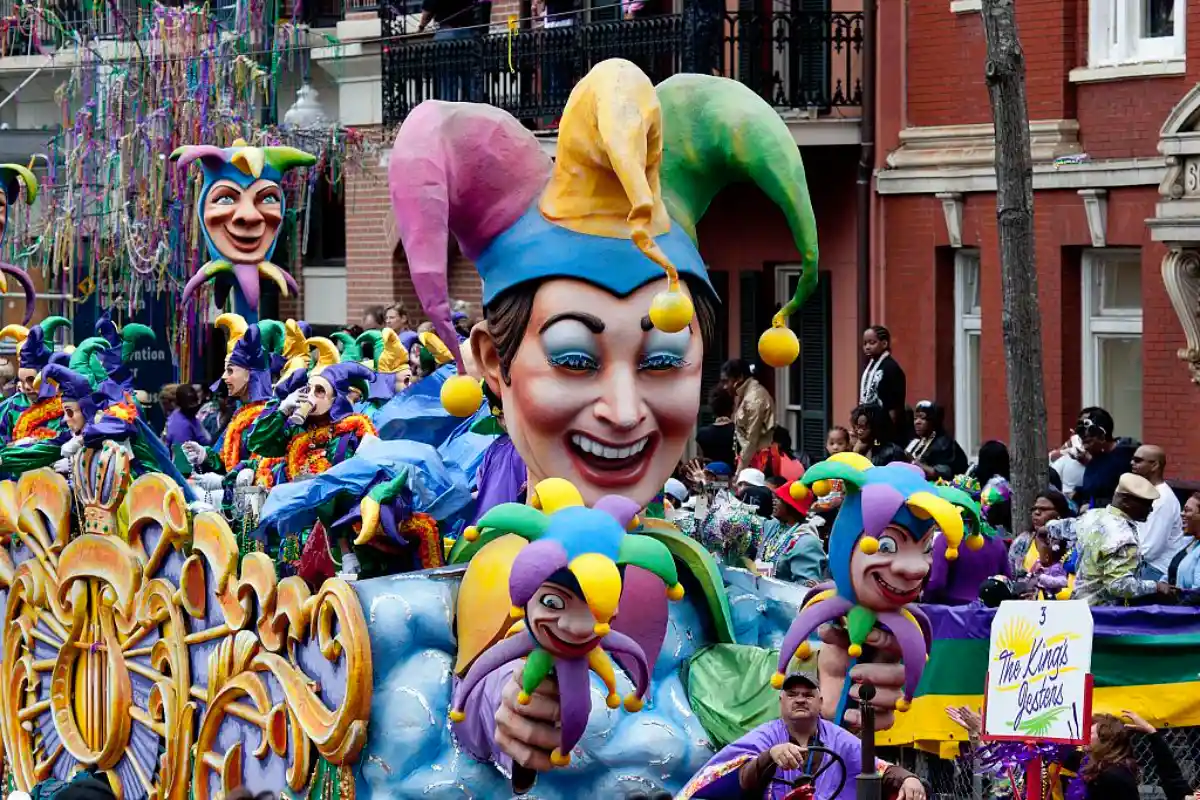
New Orleans experiences a warm and humid climate for most of the year, with short mild winters and hot rainy summers that keep the city lush and vibrant along the Mississippi River.
- Best weather: Spring and fall offer comfortable temperatures, ideal for outdoor activities like walking tours and exploring the Garden District.
- Festival season: From February to May, enjoy major events like Mardi Gras festivities and the New Orleans Jazz Heritage Festival, along with lively nightlife on Bourbon and Frenchmen Streets.
- Winter: Cooler temperatures, rare snow, fewer tourists, and great for visiting iconic spots like the French Quarter, City Park, and the WWII Museum.
- Summer: Hot and rainy, but a good time for indoor attractions like Mardi Gras World and riverboat cruises. Hotel rates are usually lower in this off-season.
No matter when you visit, New Orleans offers unforgettable experiences year-round — from food tours featuring Creole spices and po’ boys to live jazz music and vibrant nightlife in the Central Business District and Uptown New Orleans.
See Also Best Time To Travel To Colombia
2. Monthly Weather and Festival Seasons in New Orleans
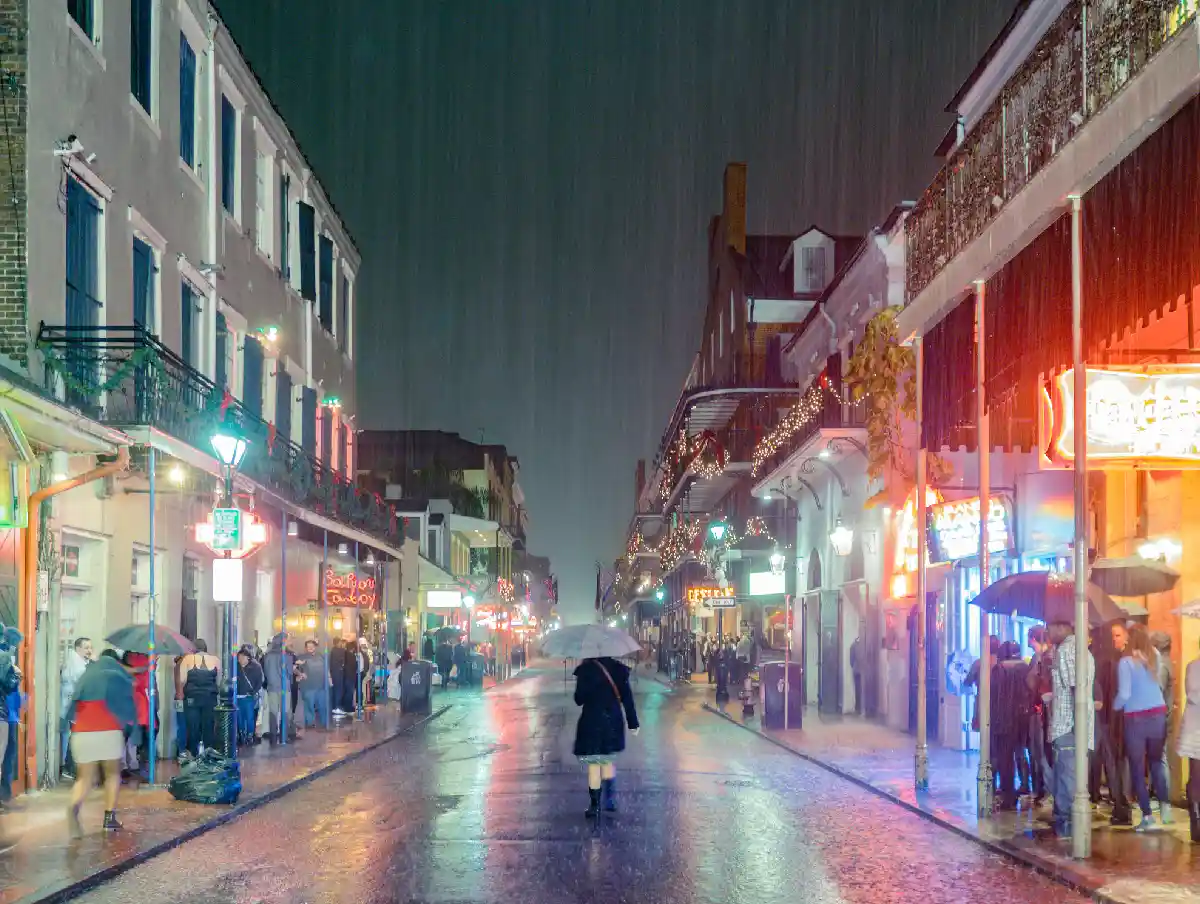
The best time to travel to New Orleans depends on the weather and what you want to do. Every season offers something unique, from major festivals to quiet streets.
Spring (February–May):
This is the peak season and the best time to travel to New Orleans if you enjoy events and good weather.
- Warm and pleasant temperatures
- Big events like Mardi Gras, Jazz Fest, and French Quarter Festival
- Great for walking tours, food tours, and listening to live music
- Streets and hotels are busy, and prices go up
Summer (June–September):
This is the off-season, with hot and humid weather and frequent rain.
- Part of hurricane season
- Fewer crowds and cheaper stay costs
- Good time to explore indoor spots like museums
- Try a swamp tour, riverboat cruise, or visit Mardi Gras World without long lines
Fall (October–November):
Things calm down again, with better weather and fewer visitors.
- Less rain and cooler temperatures
- Relaxed atmosphere across the city
- Events slow down, but live music and art markets continue
- Great for visiting places like Frenchmen Street and the Garden District
Winter is calm and cool, making it a peaceful escape with fewer crowds and lower hotel rates — a smart option if you’re looking for the Best Time to travel to New Orleans without the busy streets.
It rarely gets too cold, so strolling through the French Quarter or relaxing in City Park is still a delight. By February, the city transforms as Mardi Gras season begins, lighting up New Orleans with color, music, and celebration.
No matter when you go, the city is full of culture, jazz music, and flavor. But if you’re looking for the optimal conditions, fun, and excitement, spring is often the best time to travel to New Orleans.
Still, every season has something to enjoy—whether it’s the energy of Mardi Gras celebrations or the peace of a quiet New Orleans nightlife.
See Also Best Time to Travel to Iceland
3. Best Time to Visit New Orleans by Experience and Activity
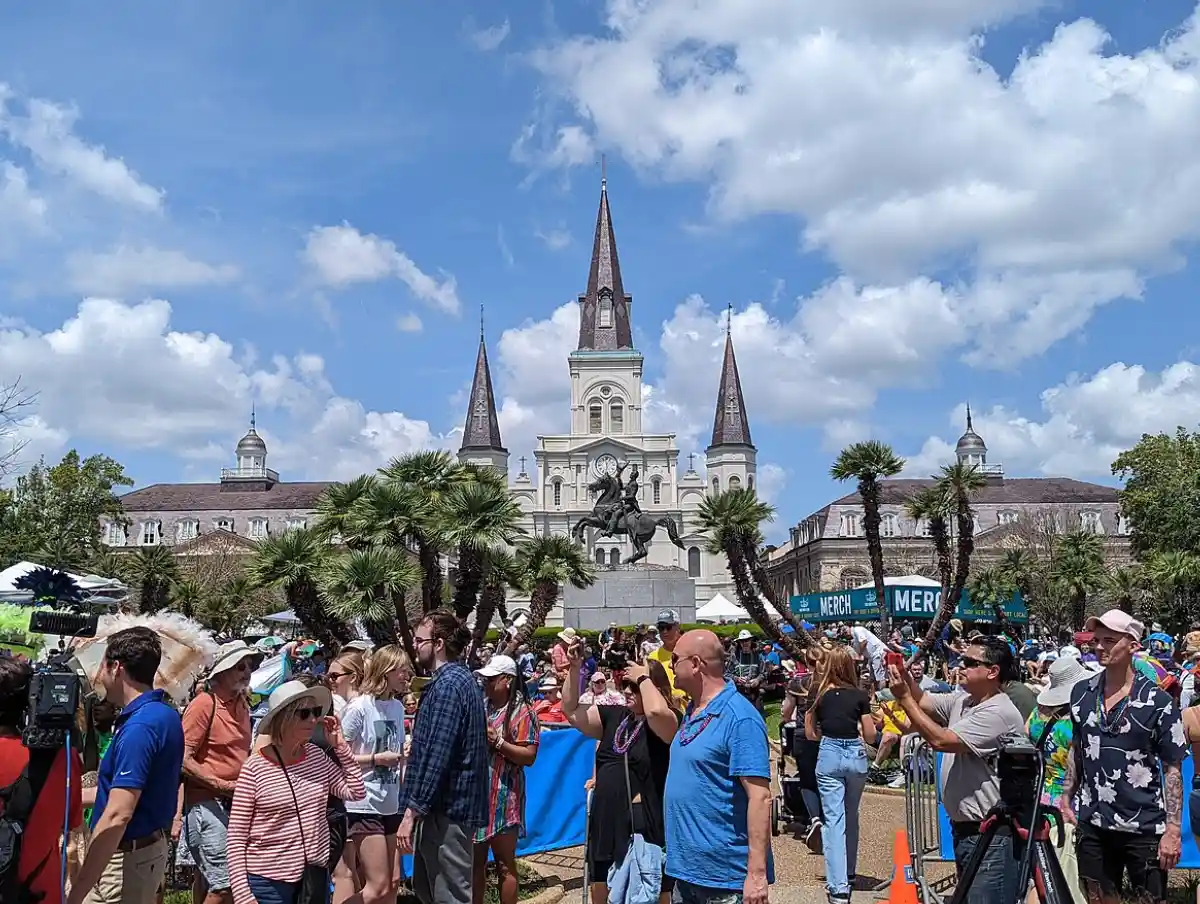
The best time to travel to New Orleans depends on what you want to see and do. The city offers something exciting all year, but some times are better for certain experiences.
Here’s a guide based on what you’re looking for:
- French Quarter & Historic Tours
The French Quarter welcomes visitors all year, but spring and fall offer the perfect climate. Cooler temperatures make walking through the historic streets more enjoyable. You can join guided walking tours around Jackson Square to discover the old-world charm and rich Spanish influence in the architecture. Exploring this vibrant area without the summer heat lets you fully appreciate the unique culture and stories that New Orleans hosts.
- Mardi Gras & Major Festivals
Late February to early March is the prime time to visit New Orleans if you want to experience the famous Mardi Gras celebrations. The city bursts with color, music, and lively local parades that everyone enjoys. After Mardi Gras, the Orleans Jazz Heritage Festival takes over in late April, offering world-class music and food.
Earlier in spring, you can catch the French Quarter Festival, which showcases local artists and culture. New Orleans truly hosts some of the best festivals that bring the city to life with its rich traditions and vibrant energy.
- Garden District & Outdoor Sightseeing
For outdoor activities, the best time to visit New Orleans is March, April, or October. These months bring mild weather and less rain, perfect for exploring the Garden District, City Park, the amusement park, and Magazine Street.
You can enjoy walking tours or bike rides to soak in the city’s historic charm and eclectic vibe without the heavy humidity of summer. For those seeking the Best Time to travel to New Orleans for outdoor sightseeing, these months offer the perfect mix of comfort and character, whether you’re strolling through leafy streets or relaxing by the Mississippi River.
- Food, Music & Nightlife
Great food and live music are always here. But for the best mix of events, restaurants, and New Orleans nightlife, spring and fall are ideal. Frenchmen Street comes alive with jazz shows, and food tours feature everything from po’ boys to Creole spices. You can also catch local artists at art markets and enjoy Bourbon Street late into the night.
No matter your interest, there’s always the best time to visit New Orleans based on your plans.
See Also Best Places to Travel in June
4. New Orleans Travel Tips
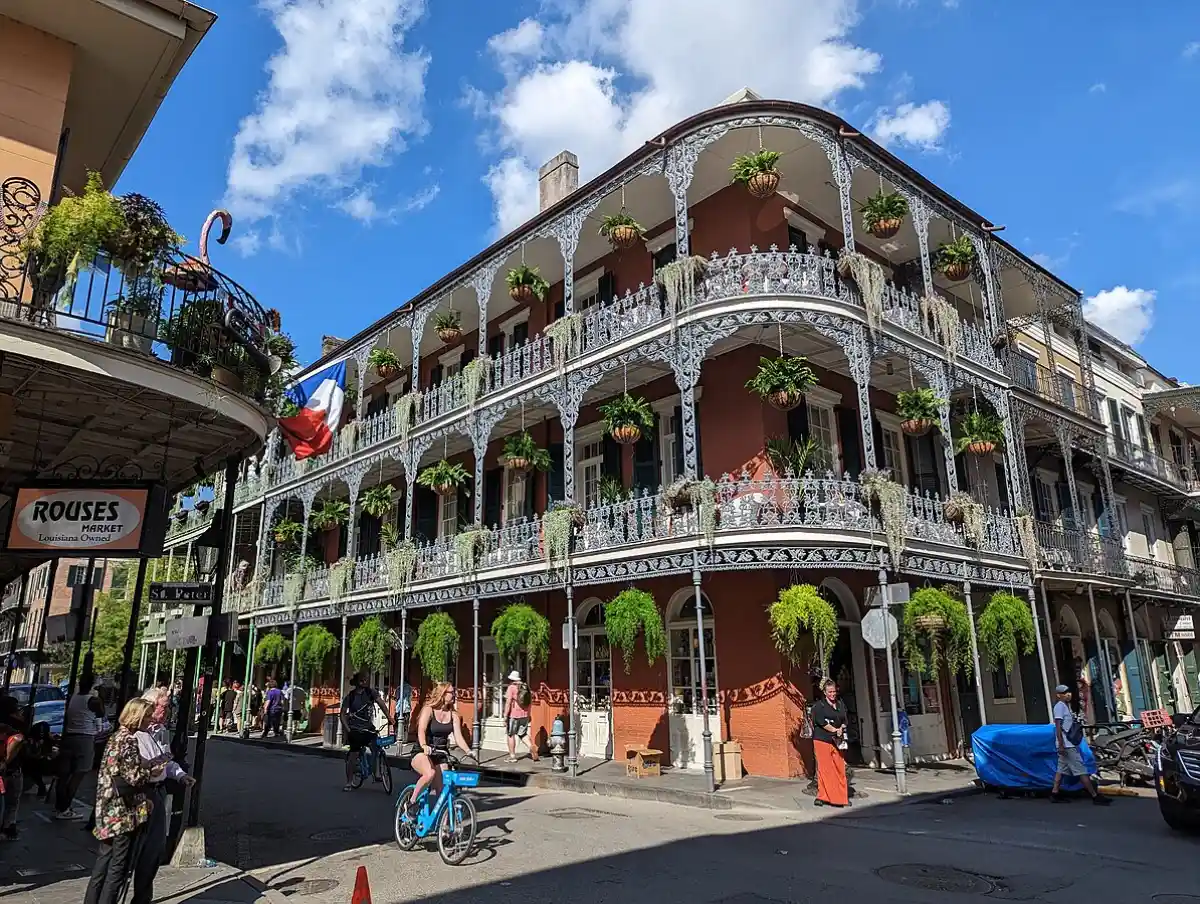
- Plan around the weather: Spring and fall offer the ideal weather in New Orleans. Summer is hot, humid, and falls within hurricane season, so plan accordingly.
- Book early for Mardi Gras festivities: Hotels fill quickly during this vibrant season. Reserve your room months ahead to avoid high prices and sold-out stays.
- Stay near the French Quarter or Central Business District: These areas make it easy to walk to top spots like Bourbon Street and Canal Street.
- Use walking and streetcars: Many attractions are walkable. The streetcar is a fun, affordable way to explore uptown New Orleans and beyond.
- Pack comfy shoes: Expect a lot of walking in the French Quarter, Garden District, and during festivals.
- Bring light clothes and sunscreen: The sun can be strong even in spring. Stay cool and hydrated, especially during summer.
- Try local food: Explore with a food tour or on your own. Don’t miss po’ boys, gumbo, and king cake during carnival season.
- Respect local culture: New Orleans has rich traditions. Be courteous during carnival parades and support native artists and musicians.
- Watch your belongings: Keep your valuables safe, especially during busy events.
- Consider travel insurance: Hurricanes and weather changes can affect plans. Insurance provides peace of mind.
- Use free WiFi spots: Many cafes, hotels, and public areas offer free WiFi to keep you connected without extra data costs.
With the right tips, your New Orleans trip can be smooth, safe, and full of great memories — especially if you plan around the Best Time to Travel to New Orleans based on your interests and the city’s seasonal highlights.

Best Time to Travel to New Orleans: A Recap
New Orleans is a city full of flavor, music, and unforgettable moments. The best time to travel to New Orleans depends on what you want to do. Spring is perfect for main festivals like Mardi Gras and Jazz Fest. Fall offers cooler weather and fewer crowds.
Summer brings great deals, but also heat and hurricane season.
No matter when you visit New Orleans, there’s always something to enjoy—whether it’s live music on Frenchmen Street, a walk through the French Quarter, or a bite of king cake during carnival season. Plan a dress for the weather, and explore the city’s rich culture.
From historic tours to nightlife, each season has its charm. By knowing the Best Time to travel to New Orleans for your interests, you can make the most of every moment — use these tips to make your visit truly unforgettable.


